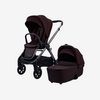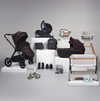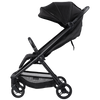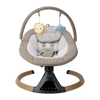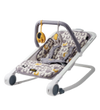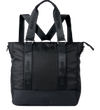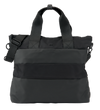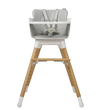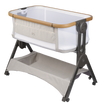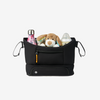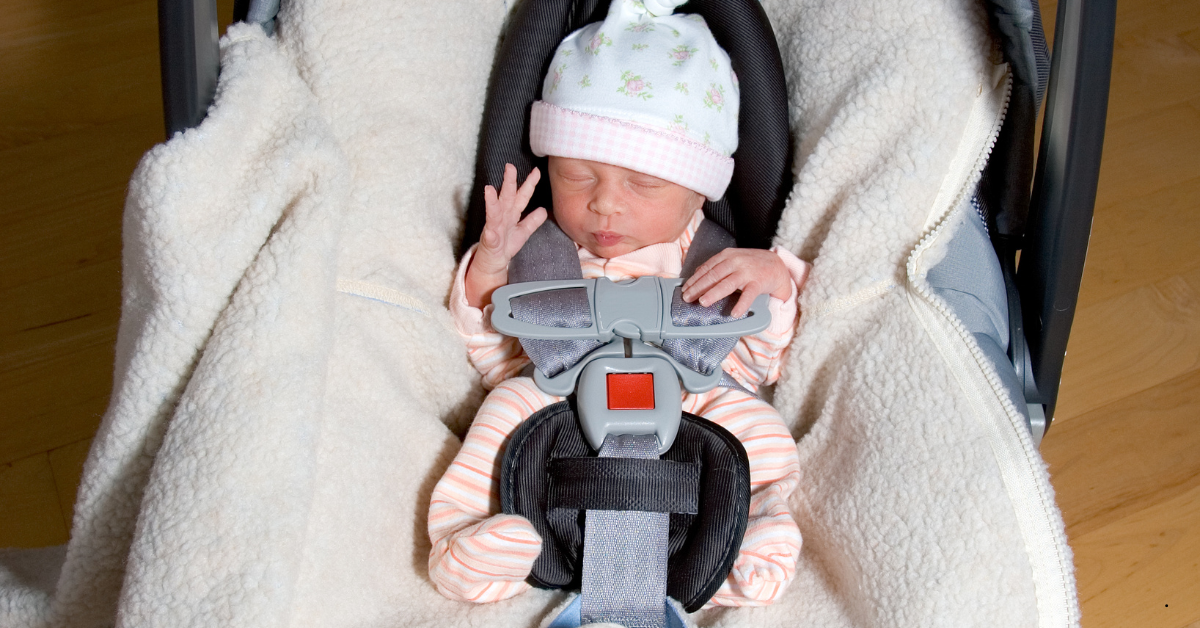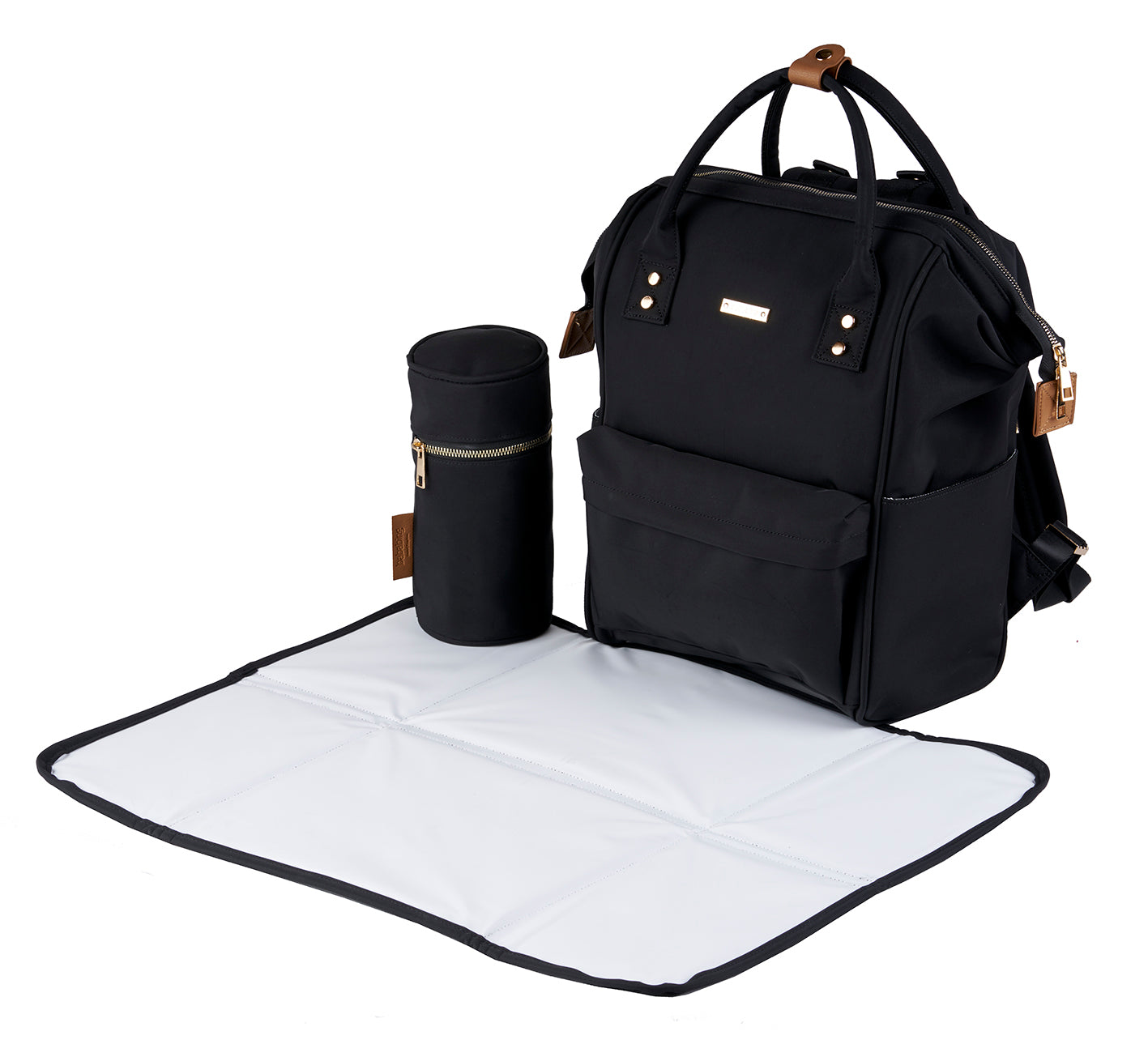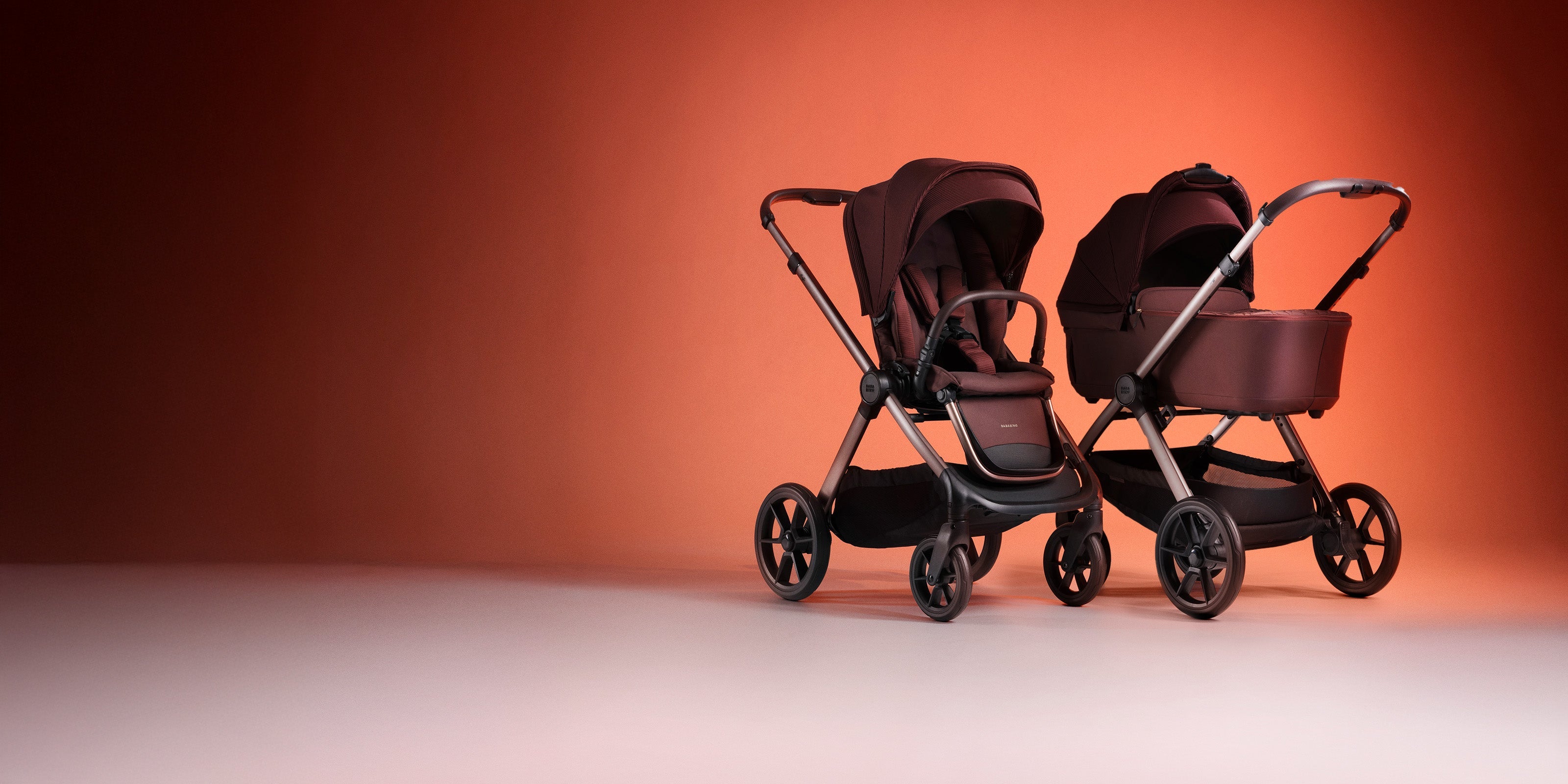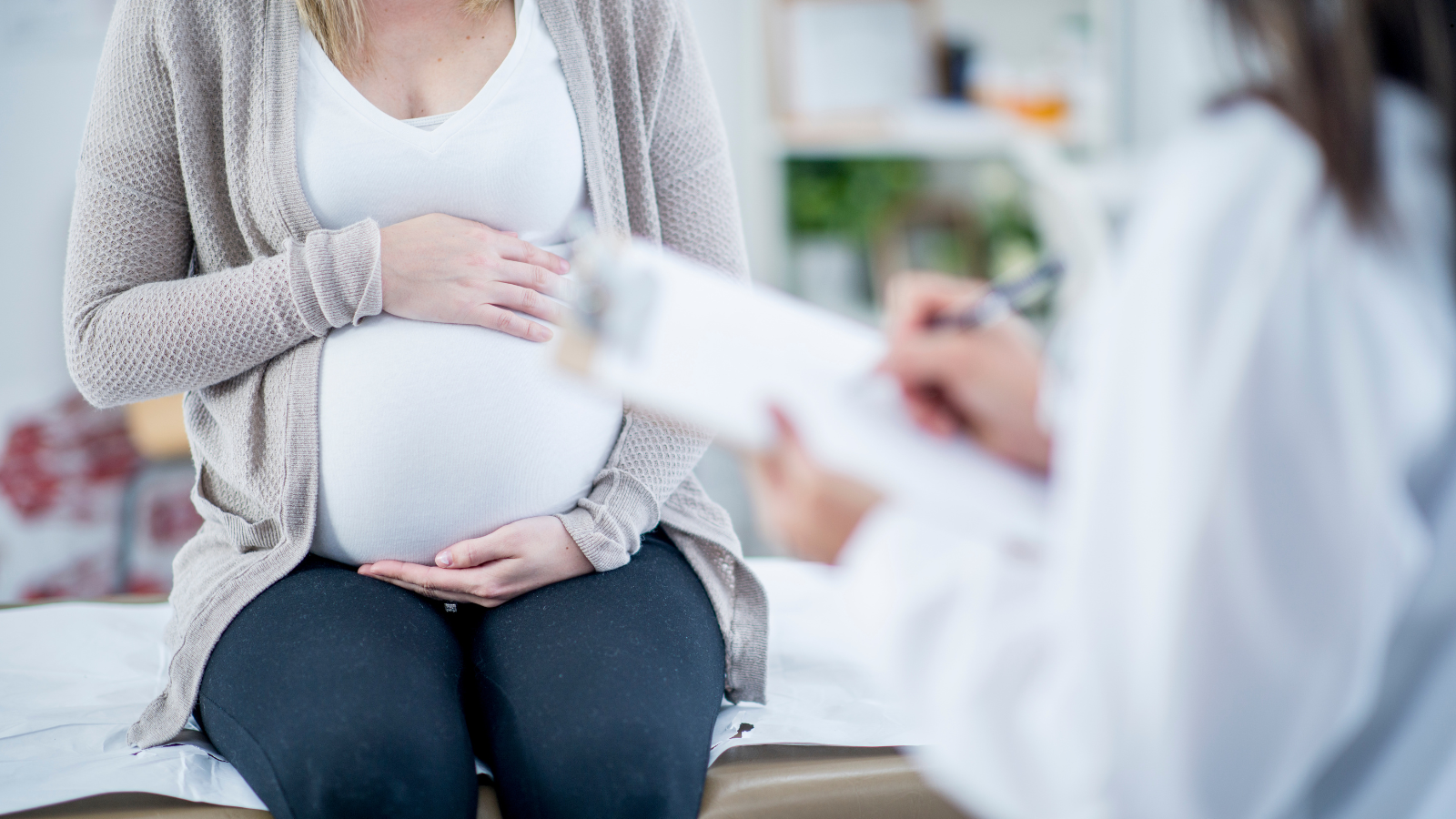Table of contents
After a long drive, it’s common for babies to drift off to sleep in their car seat — and as a tired parent, you might wonder if it’s okay to leave them there overnight. It feels convenient, especially if you don’t want to wake them, but is it safe? The short answer is no: car seats are designed to protect your baby while travelling, not as a place for long, unsupervised sleep.
In this guide, we’ll explore 7 key safety facts every parent should know about babies sleeping in car seats overnight, plus what you can do instead for safer, more restful nights.
Car Seats Are Designed for Travel, Not Overnight Sleep
Car seats are purpose-built to protect babies during travel — in a moving car — and not intended as regular sleeping places.
NHS guidance states that babies should only stay in a car seat for the amount of time needed to travel and should be transferred to a flat, firm sleep surface (like a cot or Moses basket) as soon as possible once the journey is over.
📌 NHS Guidance on Car Seats “Car seats are not suitable for your baby to sleep in when you’re at home or at the hospital. Babies should only use a car seat for travel.” — NHS UK: Reduce the risk of sudden infant death syndrome Leaving a baby in a car seat overnight — or for long periods outside of travel — increases risks because the angle, padding, and structure can interfere with safe breathing, and may raise the likelihood of airway restriction and overheating.
Babies’ Airways Can Become Restricted in a Car Seat
Young babies, especially those under four months, do not yet have the muscle strength to keep their head upright for long periods. When seated at an angle in a car seat, their chin can fall forward onto their chest, which may partially block the airway and make it harder for them to breathe. This is known as positional asphyxia and is one of the main reasons experts warn against letting babies sleep in car seats for extended periods.
Overheating Is a Hidden Risk in Car Seats
Car seats are often made with thick padding and materials that are excellent for crash protection but not ideal for temperature regulation. Babies can’t control their body temperature as well as adults, which means they are more vulnerable to overheating. This is especially risky if a baby is left in a car seat overnight, covered with blankets, or in a warm room.
The NHS highlights overheating as one of the key factors linked to sudden infant death syndrome (SIDS) and advises keeping a baby’s sleep environment cool and well-ventilated. A car seat simply can’t provide that for long stretches of time.

Car Seats Are Not Tested for Long, Stationary Sleep
Car seats are rigorously tested for safety in moving vehicles, where their design protects babies in the event of a collision. However, they are not tested or approved as safe environments for long, stationary sleep. When used outside the car — especially overnight — the seat doesn’t serve its intended purpose and may pose risks we have mentioned such as restricted breathing or overheating.
Car Seats Should Never Replace a Cot or Crib
While car seats are essential for travel, they should not be used as a substitute for a baby’s proper sleep space. The safest place for a baby to sleep is always on a flat, firm mattress in their own cot, crib, or Moses basket. These sleep spaces are specifically designed to reduce the risk of sudden infant death syndrome (SIDS) and provide the best environment for safe rest.
Here’s why car seats can’t replace a cot or crib:
Angle: Car seats position babies at a recline, which may restrict their airway.
Surface: The padding is contoured, not flat, and doesn’t support safe spinal alignment.
Ventilation: Car seats can trap heat, increasing the risk of overheating.
Testing: Cots and cribs are tested as sleep products; car seats are tested as travel safety products.
For overnight or prolonged sleep, always transfer your baby to their cot, crib, or Moses basket once you arrive at your destination.
Short Naps in the Car Seat Are Okay If Supervised
Don’t worry if your baby falls asleep in the car — this is completely normal and perfectly safe while you’re travelling. The key is to remember that car seats are designed for short, supervised use, not for long periods of unmonitored sleep.
If your little one drifts off during a journey:
It’s fine to let them finish their nap while you’re on the road.
Once you arrive, gently transfer them to a flat sleep surface like a cot, crib, or carrycot.
Keep an eye on them if they remain in the seat for a short while after travel.
This way, you can balance the reality of day-to-day life with safe sleep practices — reassuring both you and your baby.
Safer Alternatives Exist for Overnight Sleep
The good news is that there are plenty of safe options if your baby needs to sleep overnight away from home. These are all designed with safety in mind and meet the guidelines for reducing the risk of SIDS:
Carrycots or travel system carrycots – many are lie-flat and suitable for overnight sleep.
Moses baskets – lightweight and easy to move between rooms.
Travel cots – practical for longer trips or holidays.
Your baby’s usual crib or cot – always the safest option when at home.
Car seats are vital for keeping your baby safe while travelling, but they’re not designed for overnight sleep. By remembering the 7 safety facts we’ve shared — from airway risks to overheating — you can make informed choices and create a safer sleep environment for your little one. For peace of mind on longer trips, always choose a flat, firm sleep surface such as a cot, crib, or carrycot. That way, both you and your baby can enjoy safer, more restful nights.

